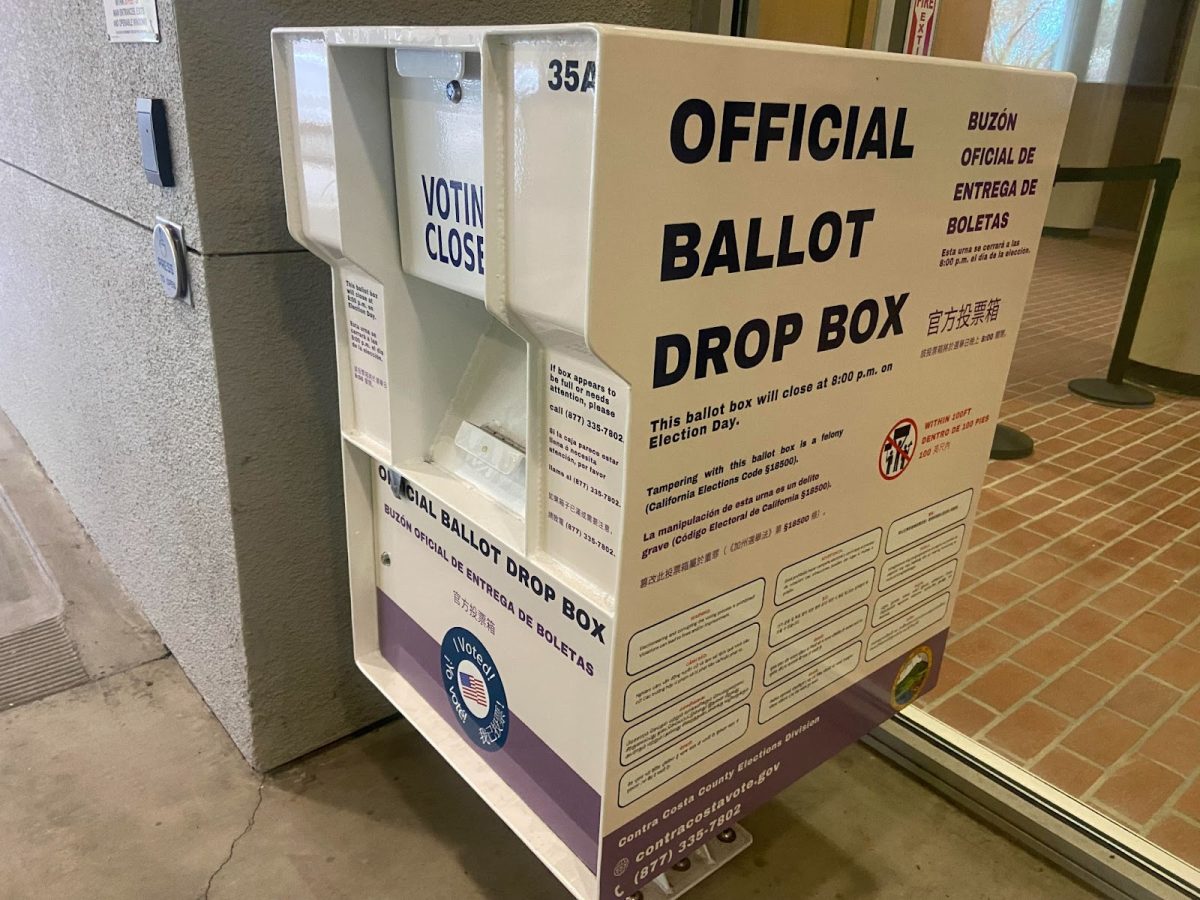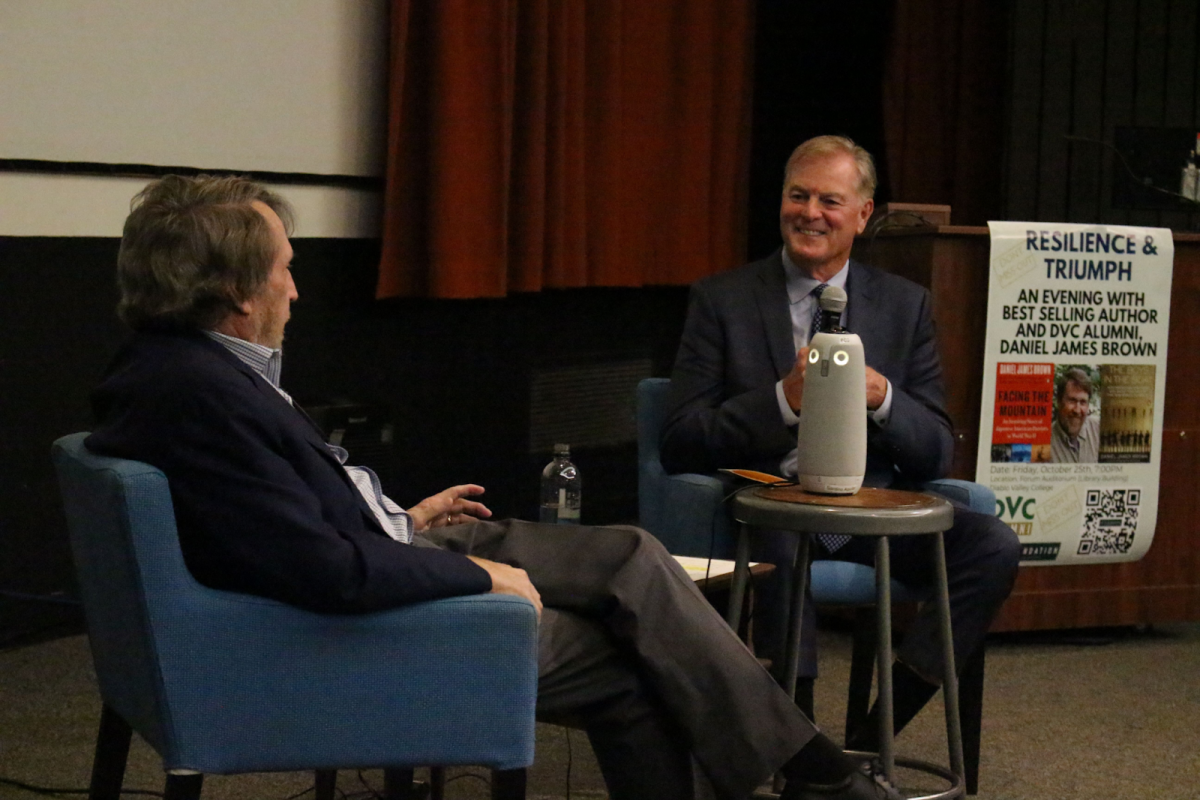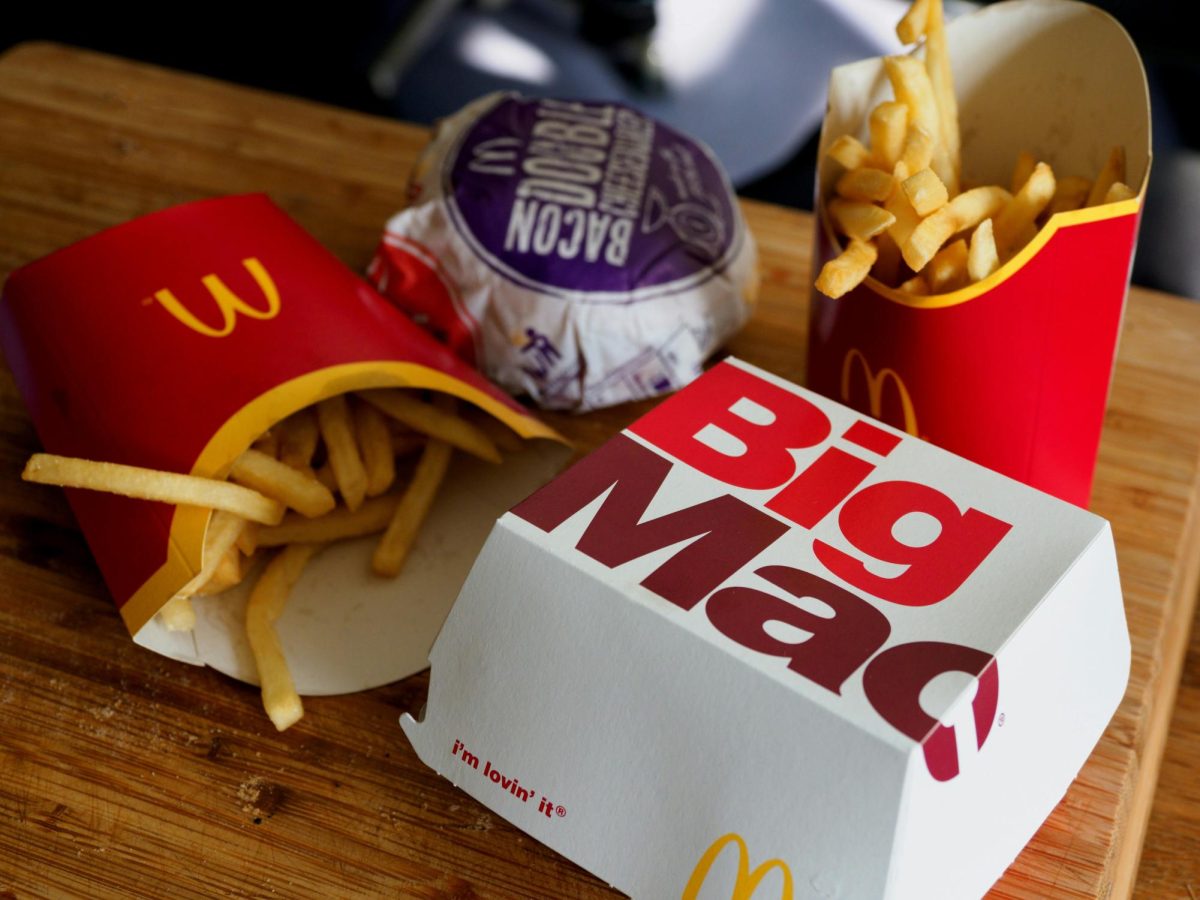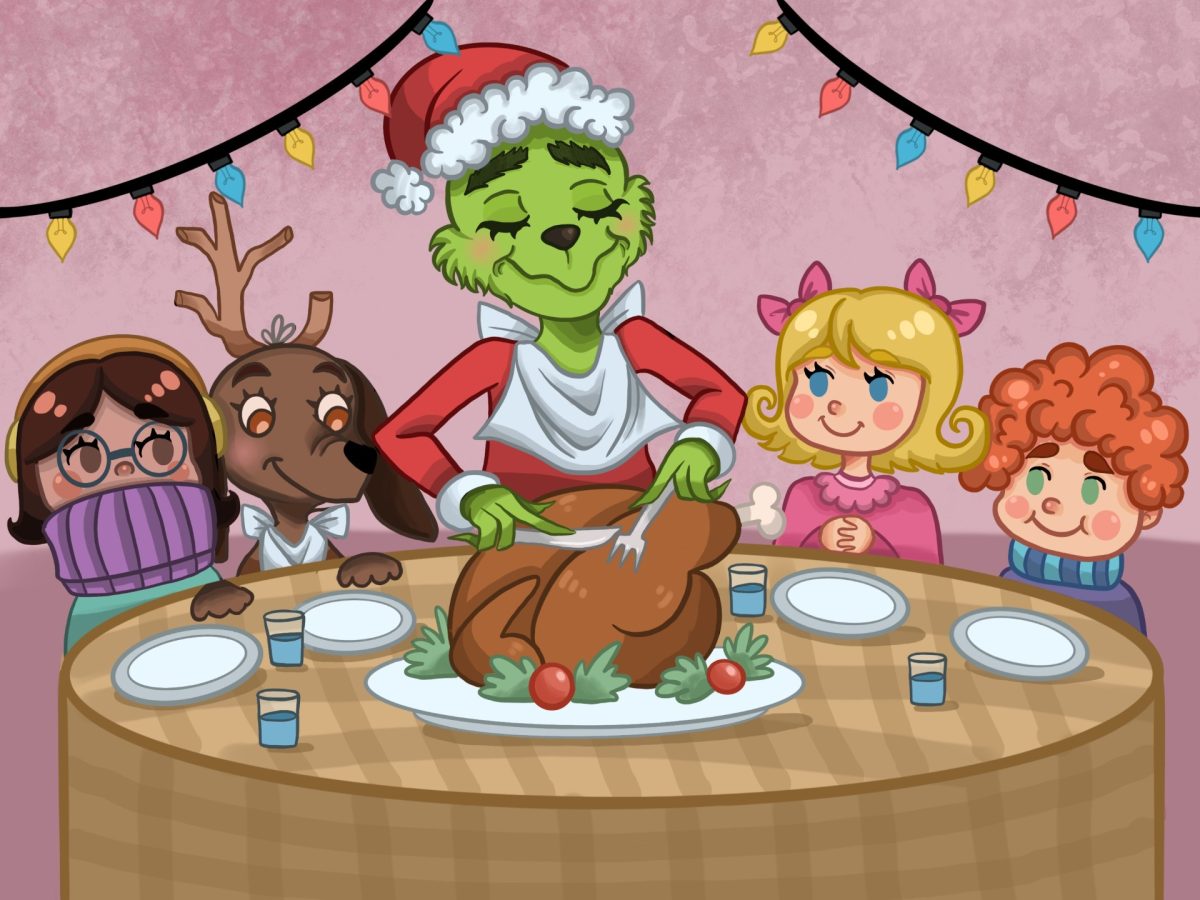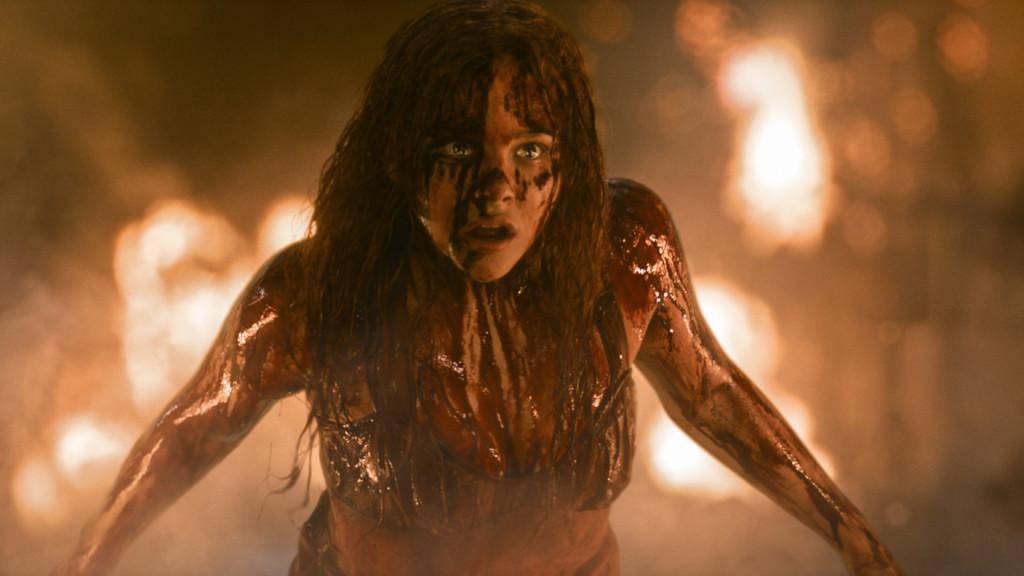It’s finally that time of year where we get to celebrate things that go bump in the night, or in this case, things that make a faint whiffing sound.
This wasn’t at the ticket counter, mind you. At the movie’s release, I’d hoped to walk out of the theater with some notion that Hollywood’s newfound proclivity for trying to fix films that were never broken could sometimes be a good idea. Instead I left underneath a lot of floating question marks.
2013’s version of “Carrie” is the third film adaptation of Stephen King’s first published book of the same title, and the third feature film of “Boy’s Don’t Cry” director Kimberly Peirce. For those who managed to make it to adulthood without ever seeing the 1977 original, this narrowly faithful adaptation revolves around Carrie White, played by Chloe Grace Moretz, a cloistered high school girl firmly under the thumb of an overbearing, religiously fanatical mother, Margaret White, played by Julianne Moore.
Carrie’s experience at Thomas Ewen Consolidated High School is largely defined by a series of escalating clashes with the bullies of the popular crowd. Her mother’s backwardness ill-prepares her for the customs of modernity, making Carrie an easy target for ridicule. While suffering through the travails conferred with being the school pariah, Carrie soon discovers she has telekinesis, and when emotionally perturbed to any significant degree, lashes out with her powers.
While it’s important to recognize the merits of judging a remake on its own virtues and failures, some comparisons are unavoidable here. In the original adaptation directed by Brian De Palma, at this stage we’ve only been exposed to hints of Carrie’s spoon-bending prowess, and the episodes are usually precipitated by the guilt of failing to stop them. This is pulled off convincingly by the 1977 version of Carrie White, played by Sissy Spacek, who carried a natural aloofness that felt more encouraged by De Palma. The result is a girl who, no matter how tormented, tacitly communicates a fear of what she is capable of doing.
Conversely, Peirce’s version seems intent on indiscriminately exploring every way to showcase today’s more glamorous special effects, consequently putting them at center stage. What we’re left with more feels like a celebration of revenge than it does a deeper message about bullying, and an attempt to find more opportunities to spend the production’s sizable effects budget.
As Carrie struggles to fit in, her relationship with her mother further deteriorates, while back at her school, a rift develops between Carrie’s bullies and well-meaning students who decide to include her at the school prom. Chafed by this demonstration of goodwill, the antagonists devise a plan to sabotage her big dance.
I won’t spoil the ending for those who’ve missed it, but it doesn’t take too much deductive power to figure out Ewen High’s most callous villains get their comeuppance, with Carrie’s telekinetic ability factoring heavily in the finale.
While the movie functions without any glaring flaws, it also never rises to the iconic status of the original, never mind improving on it. Moretz doesn’t quite sell the outcast that Spacek did, and if there was a way to make Moore look average, it’s to have her follow the Academy Award nominated performance of Piper Laurie, who played the original Margaret White.
The lesson to any producers who might still care about a lasting product generating revenue after the box office should be if you’re going to reboot a great classic successfully, you need a better reason than your bottom line to pull it off.
If you’ve ever watched a concert or sporting event on television, and
you’ve attended live versions of those events, you know that it hardly
compares to the full experience of the real thing. That’s what “Carrie” is.
Instead of reinterpreting King’s vision, it always felt like
it was trying to keep up with the original performance, but kept
falling short. The movie does succeed in telling King’s story, but like
most horror reboots, “Carrie” lacked the psychologically stirring
heft of its predecessor.











